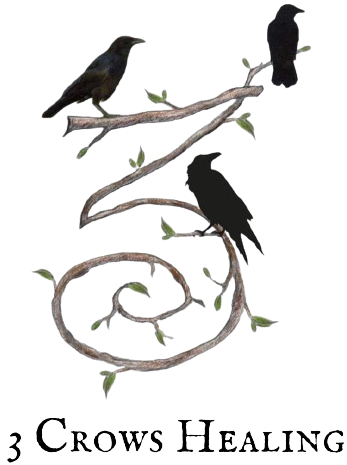
What is Shamanism?
Shamanism Is The Oldest Spiritual Practice Known To Humanity
The Ancestors of shamanic traditions hail from the Sami people in parts of Scandinavia and Russia; to the Celts, who led nomadic lives from what is now the U.K. to the Mediterranean region. Shamanic cultures have lived in parts of Mongolia, Siberia and other parts of Asia, to Australia, Africa, as well as North and South America. Though the practices vary by culture, the commonalities of shamanism still exist with similar rituals and ceremonies today. The potency of the work has stood the test of time, much resistance, and modern changes.
What Is a Shaman?
The word “shaman” is derived from the Evenk/Manchu word šamán or samaan, which loosely translates ‘to heat up,’ to ‘get excited,’ and ‘to have sacred knowledge’ {Breeze Wood, Nicholas. Walking with the Tiger: Deepening Your Shamanic Life (pp. 45-46). 3Worlds Books. Kindle Edition.} The neophyte would have had to survive an intense shamanic initiation, sometimes called a “shamanic sickness.” Once initiated, the shaman is considered “reborn” as the hollow bone, and is gifted with the job of serving others.
To the Ancestors, the survival of the community rested upon the success rate of the shaman. If the individual could not correctly divine information or perform successful healings, the individual was not recognized as a shaman.
What Is Shamanic Healing?
The shaman enters into an altered state of consciousness with the use of rhythmic sound to allow part of their spirit to travel into the Otherworlds of the helping spirits. Drums, rattles, bells, and other instruments have traditionally been used all over the world to support the shaman’s journey. The shaman then returns to this world to bring back guidance, wisdom, and healing. Through the eyes of the helping spirits, a well-respected shaman can sense the spirit of illness and loosen the grasp it has on the one who is sick. It is from this place that the work begins in shifting one’s relationship with the spirit of the illness.



